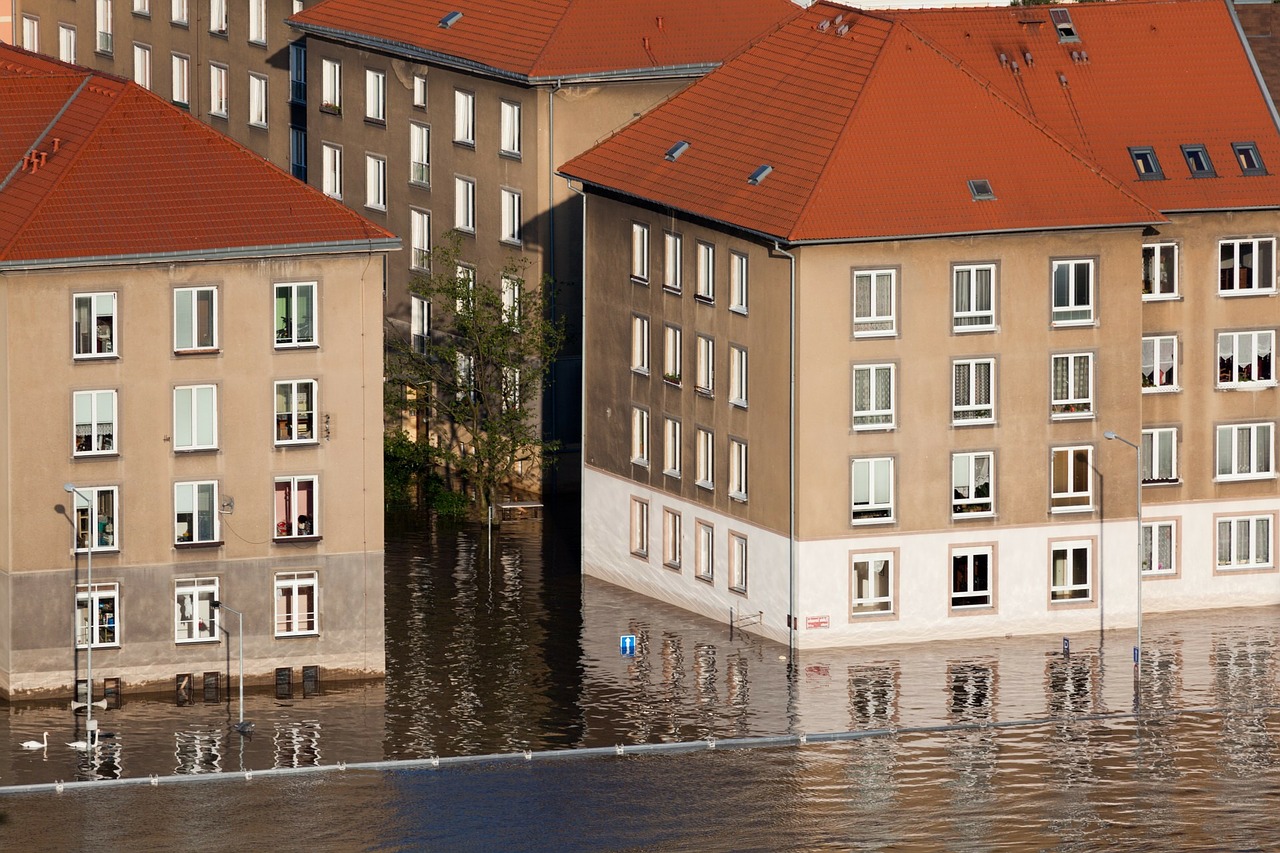Why sewage is category 3 clean-up for restoration companies
Flooding and water damage are a constant source of concern. But have you ever paid attention to the color of the water that enters your land at that time? Almost definitely not! It can emerge at any moment or in any location.
Water may enter your house in various ways, and you must follow the required procedures to dispose of it and restore your property to its original form.
Water Damage Classification:
According to the Inspection and Restoration Certification (IICRC), water is classified into three types:
- Category 1:
Water obtained from sanitary sources. It’s spotless and easily repairable. If consumed, it is not hazardous to humans or animals.
- Category 2:
Water from sinks, basins, dishwashers, and washers. It is contaminated depending on the quantity of dirt present and, if consumed, can cause sickness. It’s a grey colour.
- Category 3:
The third type of water is black water. It’s the most contaminated and filthy water, capable of producing many diseases and infections. Sewage, salinity, and a variety of biohazards are present in this water.
Category 3 waste and health risks:
Because category 3 waste contains both sewage and biohazards, it is more hazardous than any other type of water damage. It has so many toxins that it creates significant health problems. This water is teeming with bacteria. The slightest of touches might cause a disease.
Category 3 sewage can cause the following diseases:
- Gastrointestinal Infections
- Wound Infections
- Respiratory Diseases
- Upper Respiratory Diseases
- Skin Rashes
- Dysentery
- Infectious Hepatitis
What is the most effective technique to clean Category 3 waste?
As previously said, eliminating category 3 garbage is essential since it can create a range of ailments and illnesses. Category 3 garbage collection needs specialized expertise and technological equipment. As a consequence, you should employ a skilled professional to complete the task on your behalf. They will clean, disinfect, and dry the area to be restored to its original condition. They should follow the same steps:
- To decrease the danger of infection, they should use protective equipment such as a headshield, mask, gloves, long boots, a respirator, eye protection, and protective suits.
- Before commencing work, they must analyse the problem and thoroughly investigate the area to identify the next steps.
- Standing water can promote mold growth and soak through the flooring. • To minimize further water damage, you should remove the water as quickly as feasible. You can use equipment such as air scrubbers or cleaning machines to clean the contact area. Following the removal of the water, the site should be cleaned and sanitized in line with industry requirements.
- Rugs and carpets must be removed and disposed of correctly. They should be disposed of in plastic bags.
- Tiles and flooring that are in direct contact with one another should be removed and replaced.
- After removing and disinfecting the item, thoroughly dry the area to ensure no moisture or dampness remains. You can install dehumidifiers if the humidity level is too high.
Finally!!
Category 3 trash cleaning demands the employment of a qualified professional with prior experience dealing with comparable circumstances. When working with biohazards, sewage, seawater, and other potentially infectious materials, the risk of infection is pretty high. You must discard all things in contact with category 3 garbage and put new ones in their place. It might be drywall, insulation, or carpeting. A sewage clenaup services company can handle such problems efficiently since they deal with similar issues and work throughout the year.
Before hiring a sewage clean-up company, always check their prior work and testimonials. You could also ask them to share the client’s details with you to double-check the services they provide. Examine the firm’s pricing before employing one of them. Don’t be concerned; everything will be OK!

